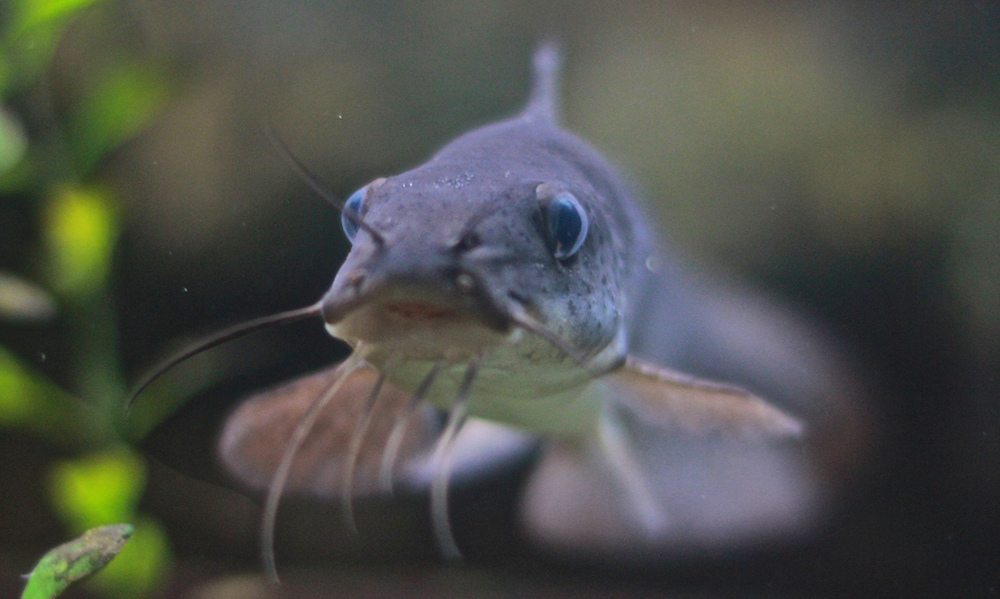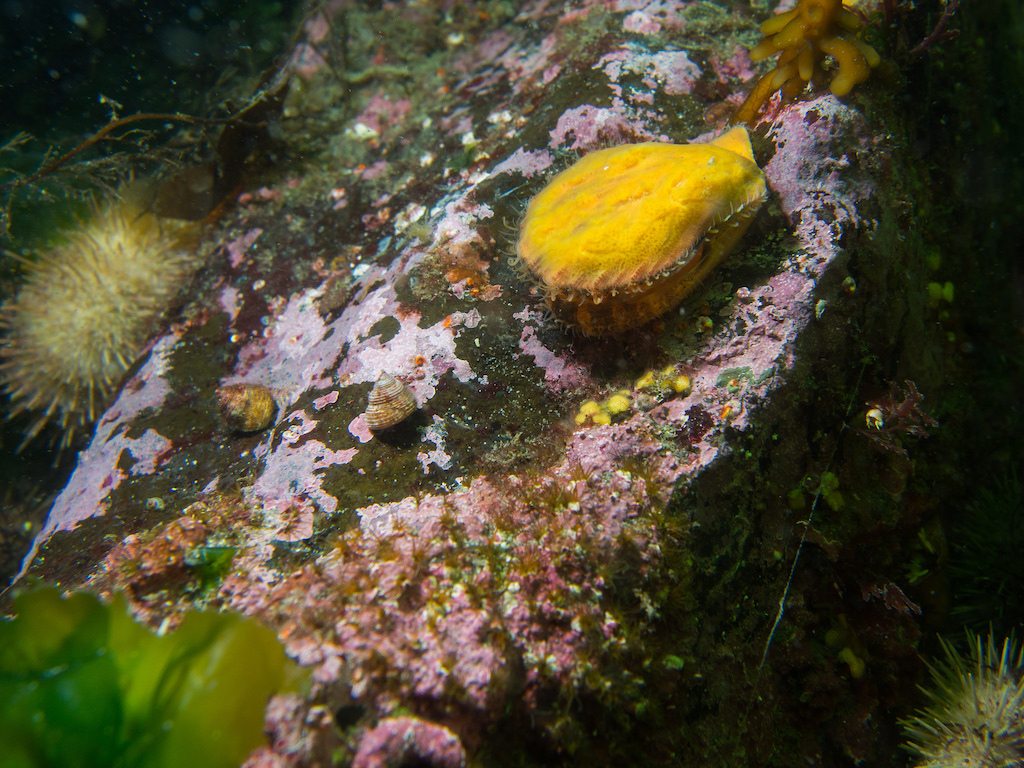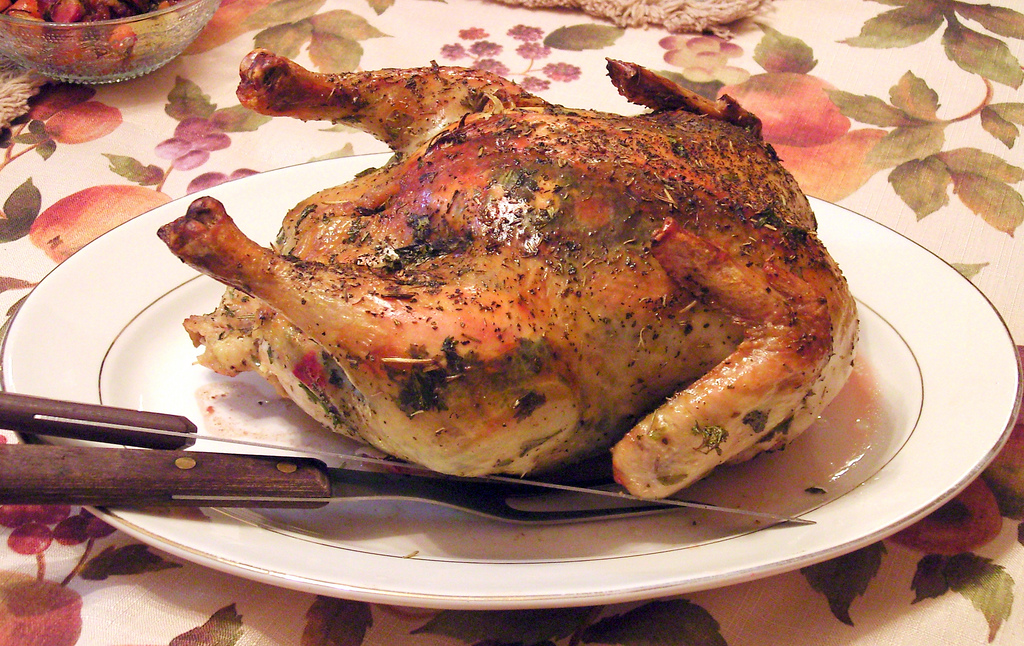A bizarre, eight-year battle over which government agency should handle catfish inspections is going another round. To add a little flaky texture to the story: House Speaker Paul Ryan—a noted noodler—holds the outcome in his hands.
As Politico’s Morning Agriculture reported last week, a proposal to return catfish regulation to FDA has gained more traction in the House. The joint resolution (S.J.Res.28) would move catfish inspections, which have been officially under the purview of USDA Food Safety and Inspection Service (FSIS) since earlier this year, back under FDA jurisdiction.

“Noodling,” or handfishing for catfish, inspired the Animal Planet show “Hillbilly Handfishin’”
A provision in the 2008 Farm Bill (and, later, the 2014 Farm Bill) mandated that inspection of Siluriformes, the umbrella term for North American and Asian catfish species, be the responsibility of USDA, which traditionally inspects meat and poultry. Trouble was, two other government agencies—FDA (which inspects seafood and all other foods) and the National Oceanic and Atmospheric Administration at the Commerce Department were already running catfish inspection programs.
The provision was a result of complaints from catfish farmers, who had been facing increased competition from foreign producers. They had expressed dismay with what they said were loose (or non-existent) FDA inspections and demanded change.
This spurred a multi-year saga, chronicled by the New York Times here, involving accusations from multiple senators, including John McCain, of wasteful government spending and hyper-regulation (between 2009 and 2013, the Department of Agriculture spent $20 million setting up its inspection program, which is currently estimated to cost about $2.5 million per year). The Government Accountability Office weighed in in a 2012 study titled “Seafood Safety: Responsibility for Catfish Inspection Should Not Be Assigned to USDA.” The study found that catfish pose a relatively low food safety risk and pointed out that the Food Safety Modernization Act (FSMA), which is currently being implemented, will give FDA authority to accredit third-party auditors, including foreign governments. This expanded reach, it argued, renders USDA regulation unnecessary.
Calls to repeal the 2008 mandate continued while USDA moved forward with its inspection program, which launched this spring. And here we are at present day: Though USDA is already rolling out its seven-years-in-the-making program, Congress may still shut it down.
Proponents of the 2016 joint resolution announced last week they have enough votes for approval, should House Speaker Paul Ryan bring it to a vote. Though it is unclear whether or not Ryan will take action before the November election, Morning Ag explains that announcements like this are meant to pressure the speaker to move a bill through the pipeline. The resolution was approved by the Senate in May of 2016.
To date, Siluriformes are the only type of seafood regulated by USDA. The catfish farmers who do support USDA oversight claim the switch means higher safety standards and more inspections. “They say they’ve lost market share because the previous inspection scheme run by FDA resulted in less than 2 percent of foreign catfish getting inspected, making it easy to slip adulterated foreign-raised catfish into the U.S. market,” Food Safety News reports. There has been one catfish recall from a processing plant in Louisiana since the USDA program launched—the agency found a “violative” amount of gentian (crystal) violet, a purple dye used as a topical antifungal. Additionally, FSIS has blocked shipments from Vietnam and China.
Proponents of returning inspection to FDA’s domain claim the shift negatively affects U.S. trade interests. Vietnam and China have both sent letters urging that FDA remain the primary regulatory body, the Wall Street Journal reports. “The true purpose of the catfish program is to create a trade barrier to protect a small handful of catfish farmers in two or three southern states,” Senator John McCain said on the Senate floor.
If the resolution gets approval in the House, President Obama would have to sign it before the USDA office is shut down. Food & Water Watch continues to advocate in favor of USDA regulation, as does Catfish Farmers of America.











